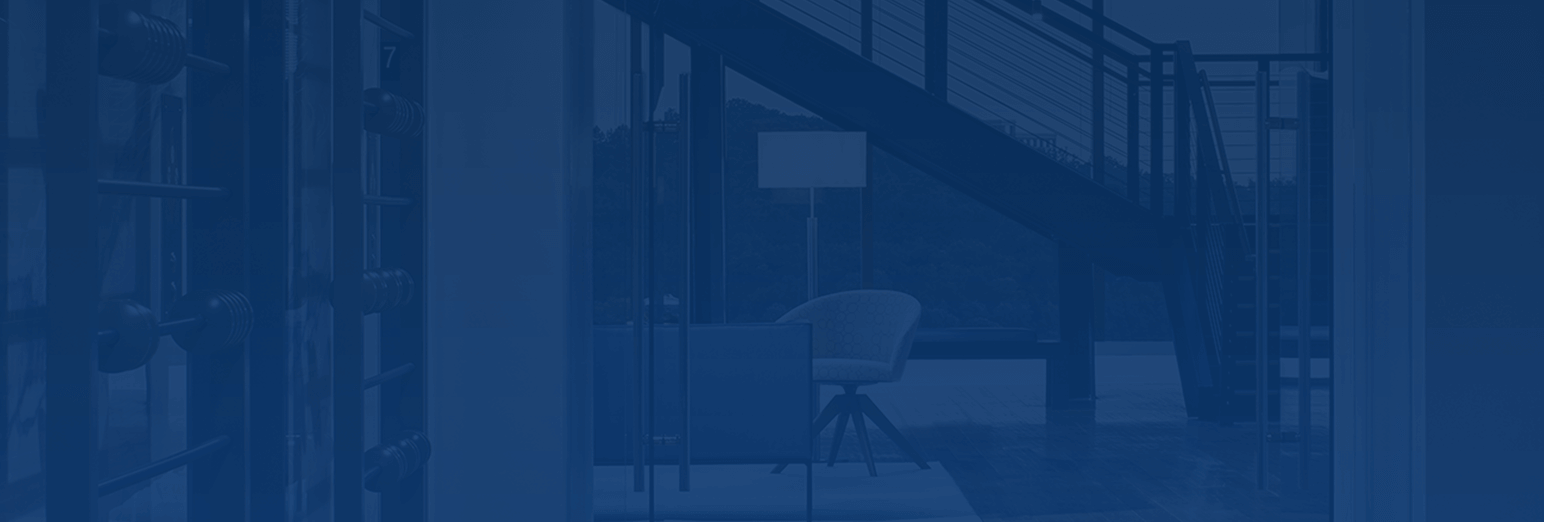If your business is planning to buy, build or substantially improve real property, a cost segregation study can help you accelerate depreciation deductions, reduce your taxes and boost your cash flow. Even if you invested in real property in previous years, you may still have an opportunity to perform a lookback study and catch up on the deductions you missed.
How It Works
Generally, commercial real property (other than land) is depreciable over 39 years, and residential real property is depreciable over 27.5 years. A cost segregation study identifies real estate components that are properly treated as personal property depreciable over, five or seven years, or land improvements depreciable over 15 years. By allocating a portion of your costs to these shorter-lived assets, you can accelerate depreciation deductions and potentially reduce your tax bill substantially. If these assets qualify for bonus depreciation, the tax savings can be even greater.
In some cases, assets that qualify as personal property are apparent. Examples include furniture, fixtures, equipment and machinery. Property eligible for accelerated depreciation is often less obvious. For example, building components that ordinarily would be treated as real property depreciable over 39 years may be classified as five- or seven-year property if they are essential to special business functions.
Example: A manufacturing company built a $20 million factory and placed it in service in June 2021. To accommodate its manufacturing processes, the design called for a reinforced foundation, specialized electrical and plumbing systems and other structural components closely related to manufacturing functions.
A cost segregation study supports allocation of $6 million of the factory’s cost to these components, which are depreciable over seven years rather than 39 years. As a result, the company increases its depreciation deductions by approximately $774,000 in Year 1, $1.05 million in Year 2 and $895,000 in Year 3 (not counting any available bonus depreciation).
Note: Renovations that were completed after September 27, 2017 on nonresidential buildings can also qualify for Quality Improvement Property, which can be depreciated over 15 years thereby making it eligible for bonus depreciation as long as it meets certain guidelines.
Recovering Deductions
Suppose you invested in a building several years ago but allocated the entire cost to real property. Depending on how much time has passed and the documentation you have available, it may be possible to conduct a lookback study and reallocate a portion of the cost to shorter-lived personal property. Applying to the IRS for a change in accounting method may allow you to claim a catch-up deduction for the extra depreciation deductions you missed over the years.
Learn More
Wondering if a cost segregation study would pay off for your business? Contact Betsi Barrett or Jim Morris to learn more about our credits and incentives services by calling 770.396.2200.




